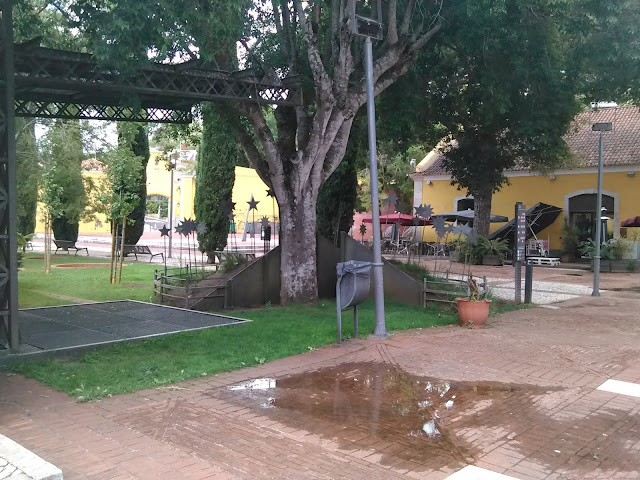A new article has been recently published!
Mazzucco, N., Capuzzo G., Petrinelli Pannocchia C., Ibáñez J.J., Gibaja, J.F. Harvesting tools and the spread of the Neolithic into the Central-Western Mediterranean area, Quaternary International (2017), http://dx.doi.org/10.1016/j.quaint.2017.04.018
This paper discusses the current state of research on harvesting technologies of the first farming communities of the central and western Mediterranean area between ca. 6000-5900 cal BC and 4800-4700 cal BC. New data obtained from the analysis of almost 40 sites from the Italian Peninsula is compared with data previously collected from the Iberian Peninsula and southern France. Results indicate the existence of at least two different harvesting traditions, one characterized by curved sickles used for harvesting at a low or middle height; the other characterized by reaping knives with parallel hafted blades, probably mainly used for ear harvesting. Processes of innovation and change have been highlighted, suggesting that harvesting techniques changed and evolved through time. Besides, the mechanism and pace of diffusion of curved sickles have been explored, too.

We would like to express our gratitude to those colleagues who are participating in this project, allowing and helping us to analyze the sickle elements which are the basis of this study: D. Arobba, L. Baglioni, M. Baioni, P. Biagi, P. Boccuccia, F. Briois, F. Cavulli, M. Colombo, C. Conati Barbaro, A.M. De Angelis, S. Forenbaher, J. Guilaine, S. Grimaldi, S. Kacar, C. Lemorini, C. Longhi, V. Leonini, D. Lo Vetro, F. Martini, D. Mengoli, A. Moroni,I.M. Muntoni, A. Pedrotti, C. Perlés, A. Pessina, G. Radi, A.M. Ronchitelli, M. Serradimigni, F. Santaniello, P. Schirolli, E. Starnini, L. Sarti, G. Steffé, U. Tecchiati, I. Tirabassi, C. Tozzi, A.M. Tunzi, P. Visentini, M. Venturino Gambari and B. Voytek. This research is the result of three integrated projects: “The Diffusion of the Neolithic: Agricultural Technologies and Innovations in the Central Mediterranean Area” funded by a post-doctoral grant by the Fyssen Fondation and the collective projects “Le temps des moissons: l'arrivée des premiéres communautés d'agriculteurs en méditerranée centrale” funded by the Maison Archéologie & Ethnologie, René-Ginouvés and “La difusión del neolítico en el Mediterráneo centro-occidental: agricultura, innovaciones tecnológicas y carbono 14 - HAR2016-75201-P” funded by the Spanish Ministry of Economy and Competitiveness. Additional financial aid has been provided by the UMR 7055 «Préhistoire et Technologie»; a special thanks goes to them, for their help and support in this project. Special thanks also go to Giacomo Gonella for the revision of the manuscript.










